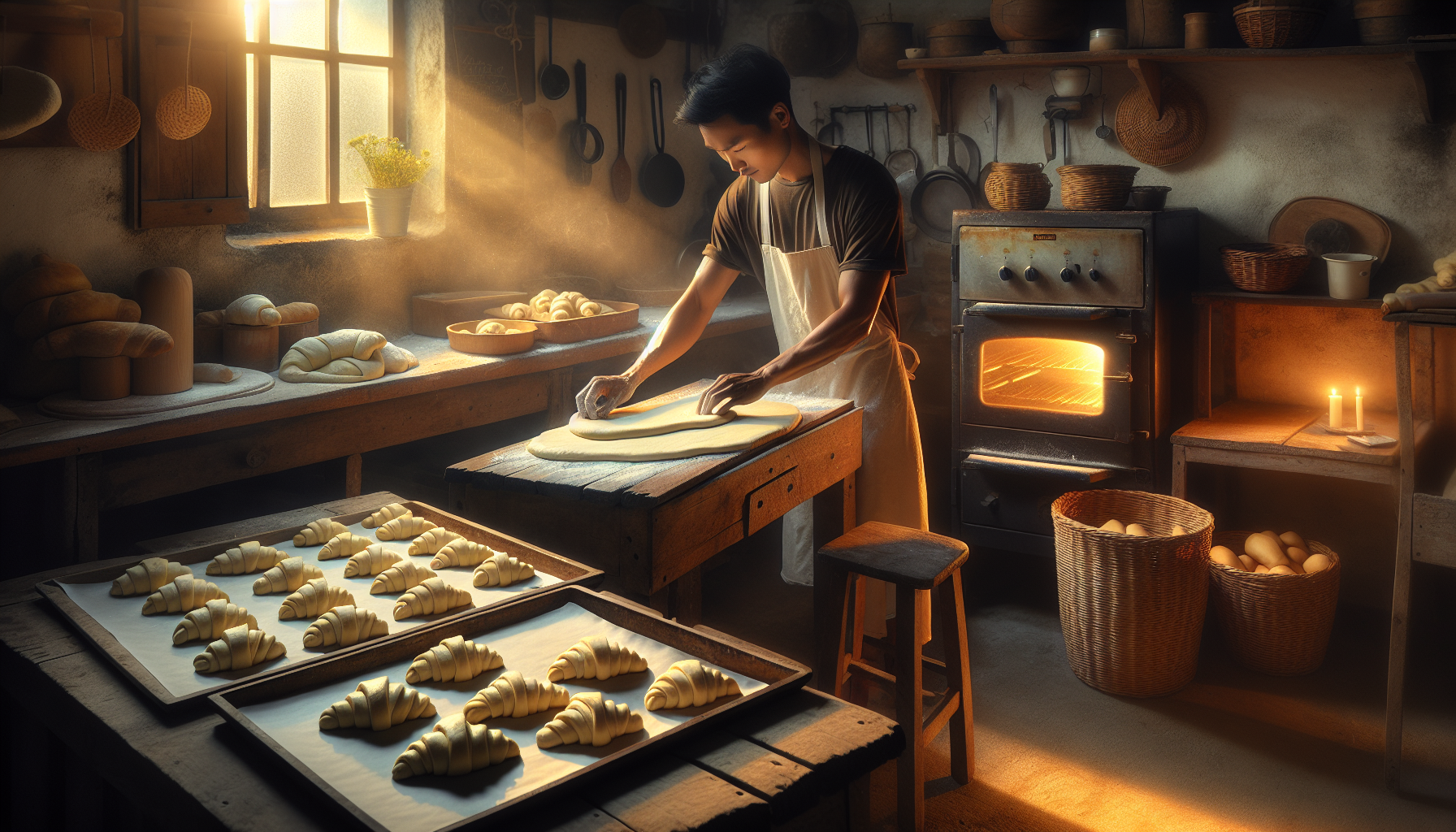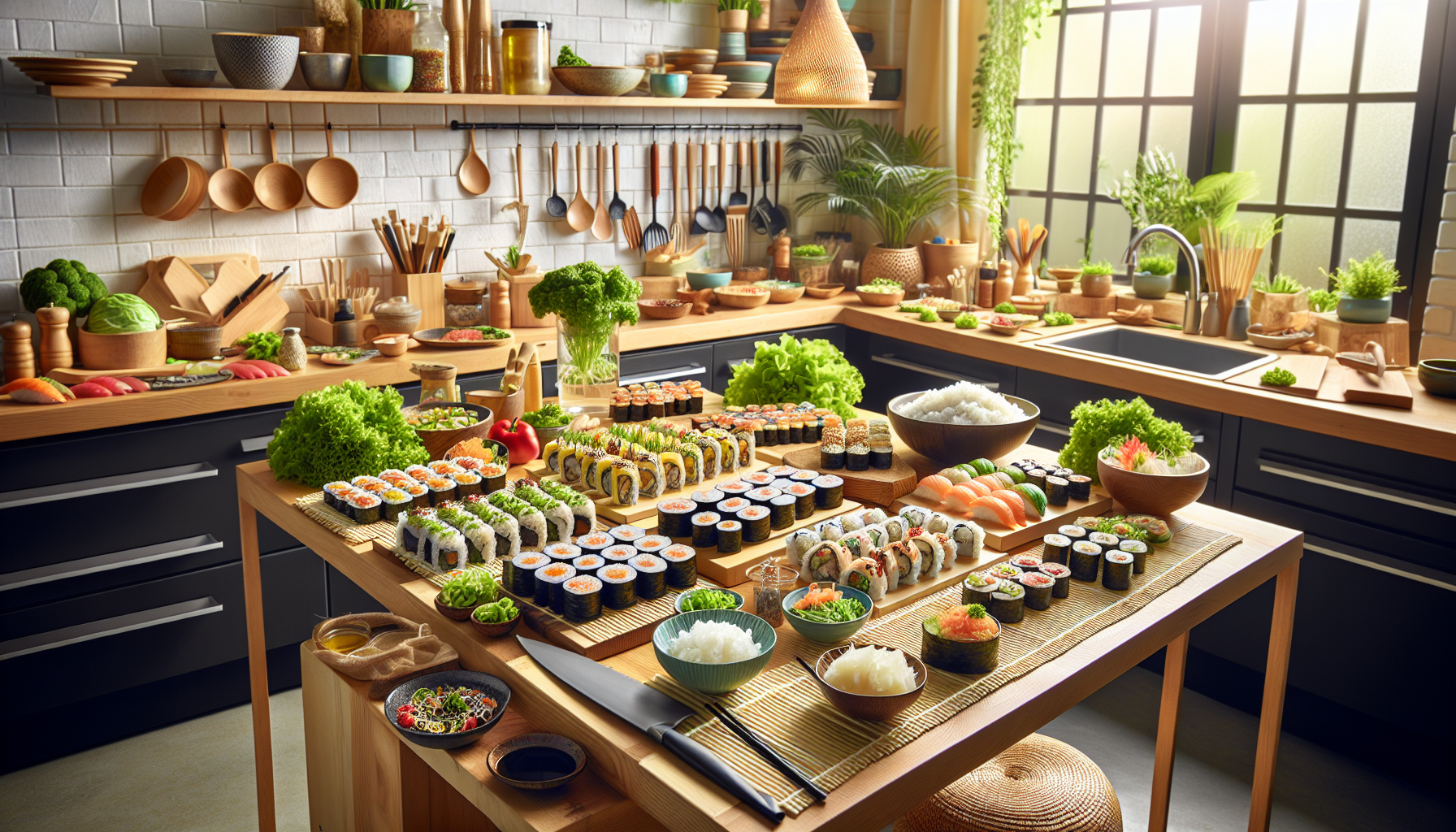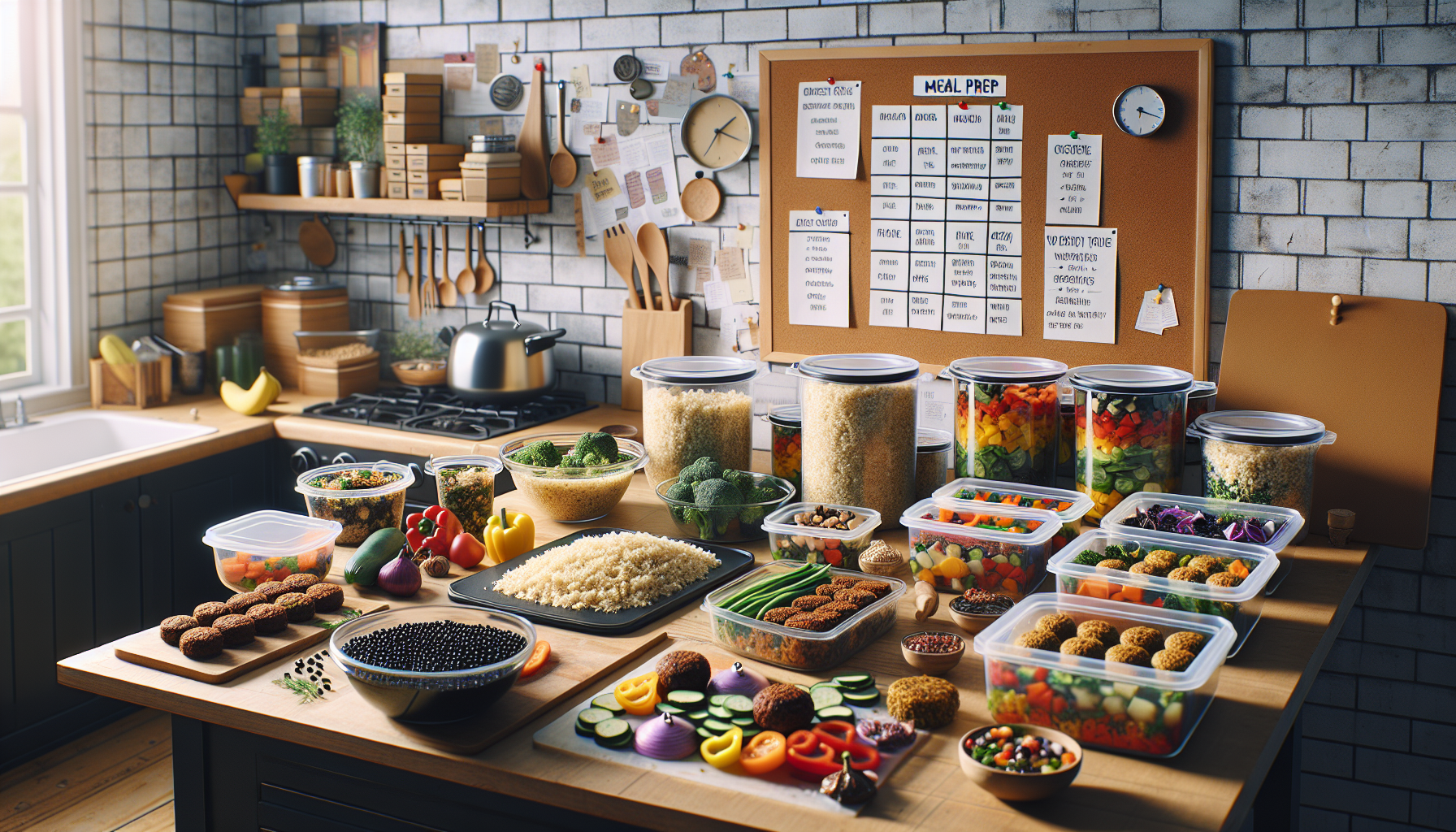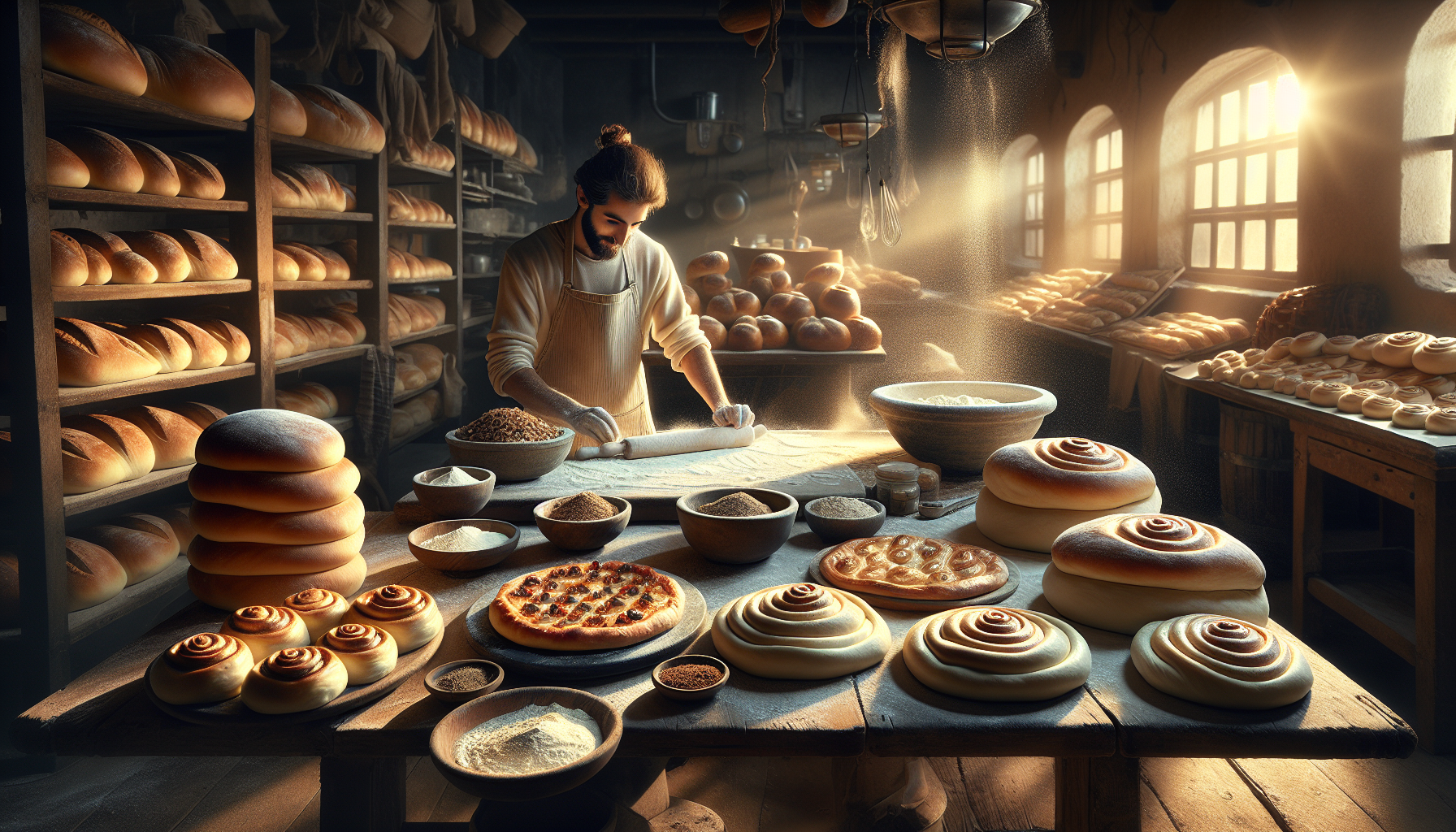Perfecting the Poach: How to Poach Eggs, Fish, and More is an insightful course designed to master the gentle art of poaching, a technique that enhances the natural flavors and textures of various foods, from the humble egg to delicate fish and beyond. By exploring three comprehensive lessons, students will embark on a culinary journey, learning not only the basics of poaching eggs to perfection but also discovering the subtleties of poaching fish and the versatility of this technique with fruits, chicken, and more. This course invites learners of all levels to perfect their poaching skills, promising to infuse their cooking repertoire with nuanced flavors and elegant presentations.
Lesson 1

Mastering the Art of Poached Eggs
Poaching eggs is a culinary skill that adds a touch of elegance to everyday meals. Whether you’re preparing a hearty breakfast, a light brunch, or an upscale dinner, knowing how to perfectly poach an egg can elevate your cooking. Let’s dive into the process and uncover the secrets to achieving the perfect poach.
Introduction to Poaching
Before we start, it’s important to understand what poaching involves. Poaching eggs is a method of cooking that involves simmering them in water just below boiling point. This technique ensures the eggs are cooked gently, resulting in a delicate texture that’s hard to achieve with other cooking methods.
The Perfect Poaching Liquid
The key to a successful poached egg starts with the poaching liquid. Here’s what you’ll need:
– Fresh water: Always start with cold, fresh water.
– A dash of vinegar: Adding a bit of vinegar helps the egg whites coagulate faster, keeping the eggs together.
The Whirlpool Method
One popular technique for poaching eggs is the whirlpool method. This involves creating a gentle whirlpool in the poaching liquid to help the egg whites wrap around the yolk, resulting in a neatly shaped poached egg.
Timing is Everything
The cooking time for poached eggs can vary, but generally:
– 3 minutes for soft-poached eggs
– 4-5 minutes for medium-poached eggs
– 5-6 minutes for hard-poached eggs
Serving Suggestions
Poached eggs are incredibly versatile. Here are a few serving suggestions to inspire your next meal:
– On top of avocado toast
– As a garnish for salads
– As a protein boost for ramen or soup
Conclusion
Poached eggs are a delightful addition to many dishes, and with a bit of practice, you can master this technique. Remember, the key to perfect poached eggs is fresh ingredients, the right temperature, and timing. Happy poaching!
Lesson 2

Delicate Yet Delicious: Poaching Fish Like a Pro
The Right Fish for Poaching
Let’s embark on a culinary journey, one that dives into the gentle art of poaching fish. The key to poaching fish is selecting the right type. Ideal candidates include salmon, cod, and trout. Each brings its unique flavor and texture to the table, transforming a simple meal into a gourmet experience.
Preparing Your Poaching Liquid
The essence of poaching fish lies in the liquid used. This concoction, often referred to as a court-bouillon, provides the fish with flavor and moisture. A basic court-bouillon includes water, wine, onions, carrots, celery, and a bouquet garni. Let’s embrace creativity, though. Experiment with different herbs and spices to find your perfect blend.
Gentle Simmer: The Temperature for Poaching Fish
Poaching fish requires a keen eye on temperature. The liquid should be at a gentle simmer, barely bubbling. This ensures the fish cooks evenly and remains tender. Keeping the heat low and steady is the secret to poaching success.
To Cover, or Not to Cover
A debated topic among culinary enthusiasts is whether to cover the pan while poaching fish. Covering can speed up cooking and ensure moisture retention. However, leaving the pan uncovered allows you to monitor the fish closely, adjusting heat as necessary. Both methods have their merits, allowing for personalized cooking styles.
Plating and Presentation
Serving poached fish is an opportunity to showcase your creativity. A beautifully plated dish not only looks appealing but enhances the dining experience. Accompany your poached fish with a drizzle of the poaching liquid, fresh herbs, and a side of vibrant vegetables or a delicate salad. The presentation should invite the eyes before the palate.
Conclusion
Poaching fish is an art that celebrates simplicity, flavor, and technique. By selecting the suitable fish, crafting a flavorful poaching liquid, and mastering the poaching temperature, you can achieve delicate and delicious results. Embrace experimentation and let your culinary creativity flow, making every poached fish dish a personalized gourmet experience.
Lesson 3

Beyond the Basics: Poaching Fruits, Chicken, and More
Sweet Poaching: Techniques for Pears, Peaches, and Other Fruits
Poaching isn’t limited to proteins; it’s a fabulous technique for fruits too! Imagine pears, peaches, or apricots gently simmered in a spiced wine or vanilla-infused syrup. The result? Fruits that are tender, infused with flavor, and utterly transformed. Ideal for elegant desserts or as an upscale brunch component.
Poaching Chicken: Ensuring Juiciness and Flavor
Chicken often gets a bad rap for being dry or bland, but poaching can change that narrative. Immersed in a flavorful broth, poached chicken comes out moist, tender, and infused with whatever aromatics you choose to include. This method is perfect for salads, shredding for tacos, or simply served with a side of vegetables.
Creative Poaching Liquids: Wine, Broth, and Spiced Syrups
The beauty of poaching lies in the liquid. For fruits, a sweet syrup, wine, or even a fruity tea can provide delicate flavors. When it comes to chicken or vegetables, a well-seasoned broth or even coconut milk can elevate the ingredient to new heights. Experimenting with different liquids can lead to delightful culinary discoveries.
Timing and Techniques: Adjusting Your Approach Based on the Ingredient
Each ingredient requires a nuanced approach when it comes to poaching. Fruits need a gentle simmer, ensuring they become tender without falling apart. For chicken, maintaining a low, steady heat ensures it cooks through without losing moisture. The secret lies in patience and precision.
Incorporating Poached Ingredients into Your Meals: Recipe Ideas
Poached ingredients can star in a variety of dishes. Imagine a salad topped with chilled, spiced poached pears, or shredded chicken tacos with a twist of lime. Poached fruits can even be blended into cocktails or mocktails, adding a sophisticated flavor profile that’s sure to impress.
Conclusion
The world of poaching is vast and varied, offering a treasure trove of culinary possibilities. From savory chicken and vegetables to sweet, spiced fruits, mastering the art of poaching can add depth, flavor, and elegance to your meals. Embrace the technique, and let your kitchen be a place of endless inspiration and creativity.
Perfecting the Poach: How to Poach Eggs, Fish, and More concludes with a strong foundation in the varied and nuanced technique of poaching. Through exploring the gentle cooking of eggs, the delicacy required for fish, and the versatility of poaching fruits and proteins alike, students have gained not only skill but a deeper appreciation for this culinary art. As we wrap up this course, remember that the essence of poaching lies in its simplicity and the pure flavors it brings to the forefront of our dishes. Test your newfound knowledge and finesse with our 10-question quiz below, designed to challenge and reinforce your learning journey in mastering the poach.
Test Your Knowledge With this short Quiz
Click here to copy your score to share on facebook!







